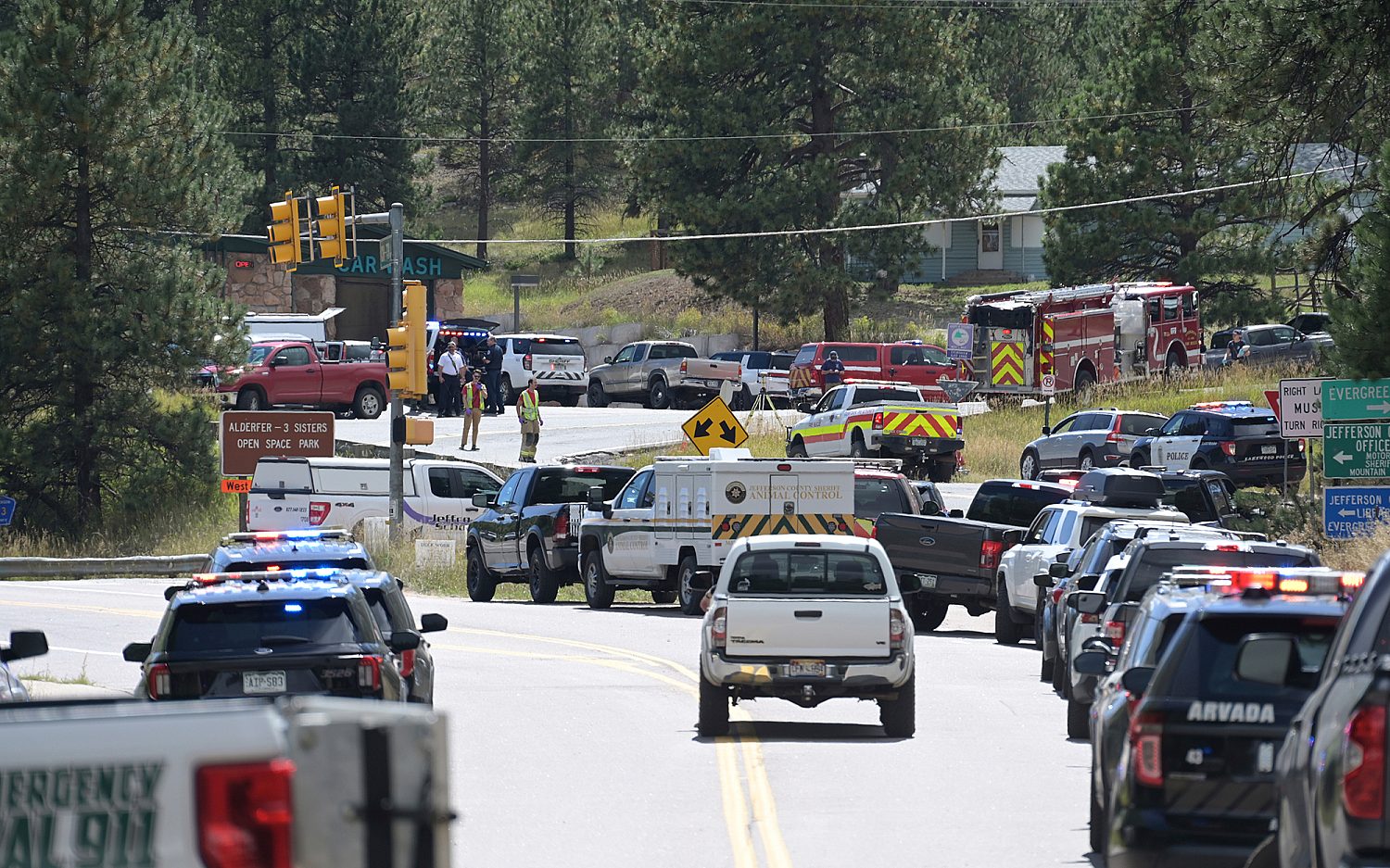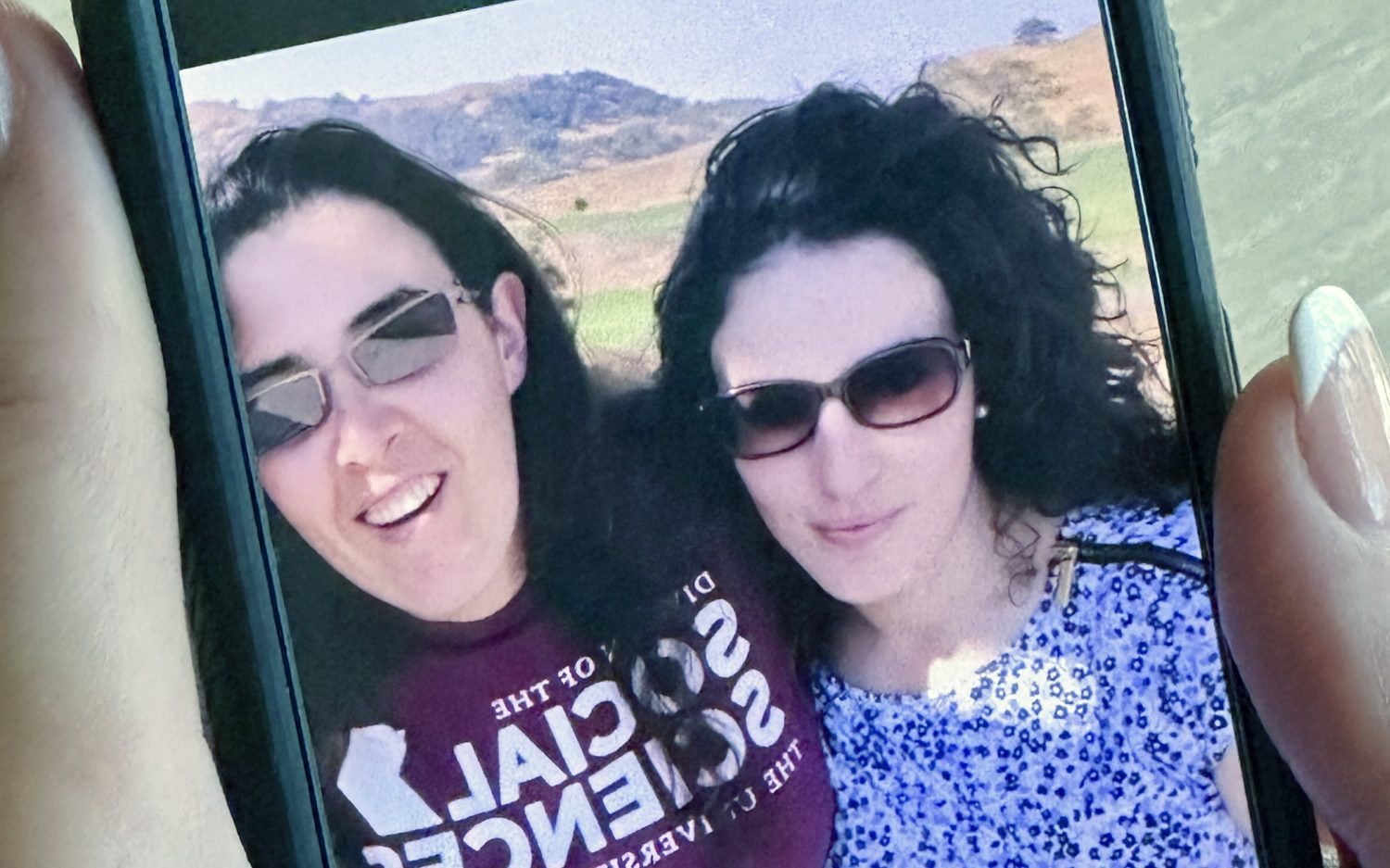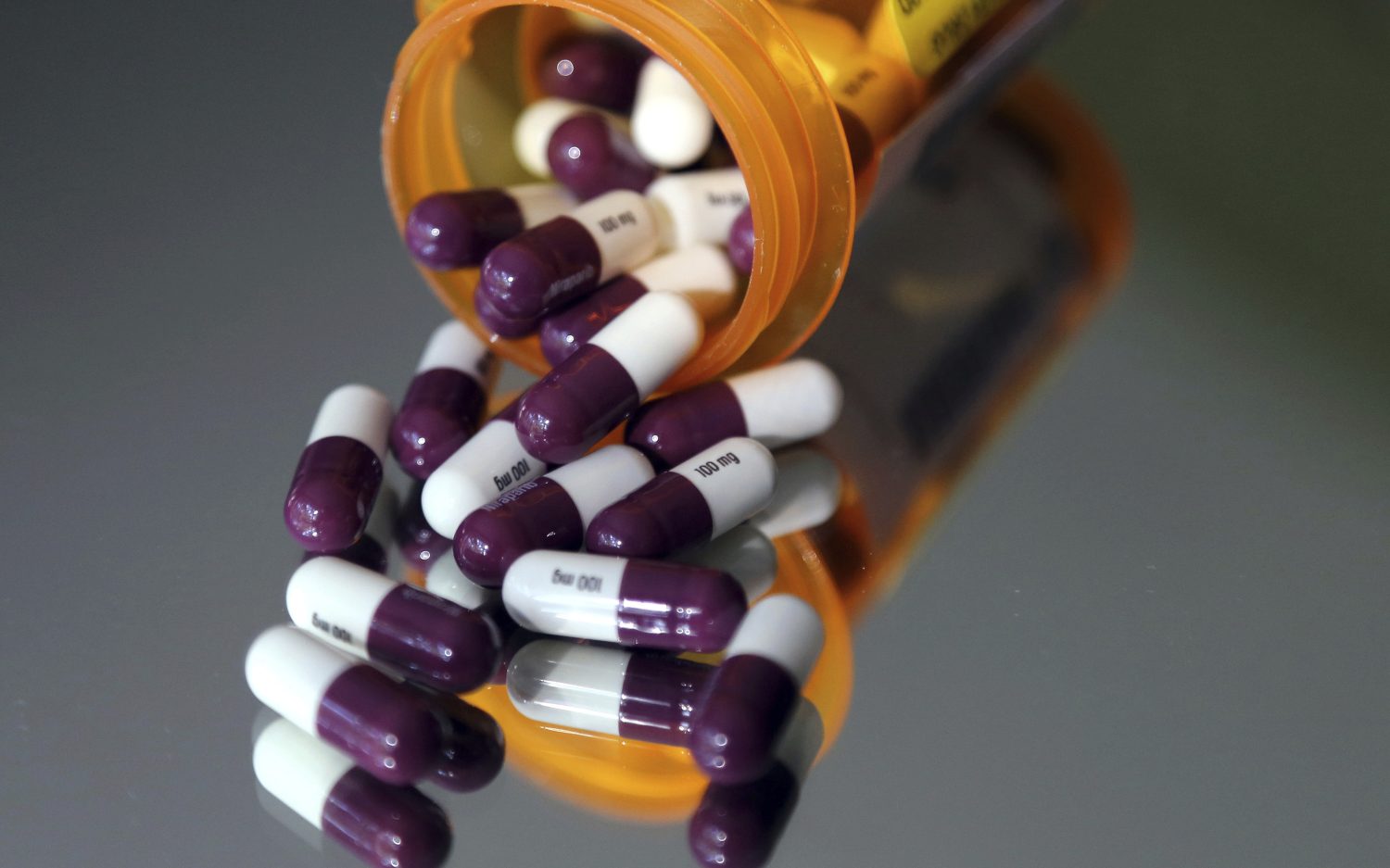Picking up the pieces
One year after Sandy pummeled New York and New Jersey, recovery is mixed but progressing
NEW YORK—One year ago the tides in New York hit their nighttime high surge at the same moment the fury of Superstorm Sandy bore down, with water invading places in the metropolitan area it never had before. Sandy hit particularly hard on the Jersey Shore, the Rockaways in Queens, Battery Park in Manhattan, Midland Beach in Staten Island, and Red Hook in Brooklyn.
Among the places where WORLD filed reports, the recovery in the past year has been mixed. In Manhattan, life has largely returned to normal. A few stores have begun to reopen in the devastated South Street Seaport, a bustling shopping area downtown before the storm, though many remain boarded up. On the Jersey Shore many families are still out of their homes and rebuilding. In Red Hook, a harbor operation business, the Vane Brothers, lost its inventory in the flood. Now the business has a rebuilt warehouse and growing harbor operations.
“For every good story you have one where so much still needs to be done,” said Al Zarek, who has overseen the Orthodox Presbyterian Church’s recovery effort in the Rockaways and other parts of Long Island. “Those in our church are now OK. But the Long Beach area is still in need of much help. Many homes still have not been touched. “
Some homeowners are still working through the labyrinthine process of getting insurance money or federal aid. On the Jersey barrier islands, Natalie Zozzaro in Seaside Park still isn’t able to return to her flooded-out home. Over the summer teams of volunteers came to work on her house but it’s not in livable condition yet.
In the decimated Midland Beach neighborhood on Staten Island, volunteers from the Mennonite Disaster Service (MDS) are still working—46 projects begun, 27 completed. The MDS was one of the first relief groups to the neighborhood after the storm hit.
Recovery groups are still working, and the gears of federal and local aid are grinding slowly. New York City estimates it has spent $1 billion on the recovery, and has another $1.77 billion in designated federal aid. The city is still working on rebuilding the destroyed Montague Tunnel, which runs between Brooklyn and Manhattan. The rebuilding project is scheduled to continue through October 2014, disrupting the subway line that usually runs through the tunnel.
The Metropolitan Transit Authority had to rebuild 3.5 miles of subway tracks in the hard-hit Rockaways in Queens, and is building a 2-mile seawall to protect vulnerable parts of the tracks in the neighborhood from future storms. The city is also buying out destroyed properties through its Build It Back program and helping families rebuild. So far 23,500 people are registered for that program.
“We all need to be better prepared for events like Sandy,” said Zarek.
A year later, the city has begun to recognize the role churches played after the storm. The New York City mayoral candidates, Democrat Bill de Blasio and Republican Joe Lhota, have repeatedly at campaign stops cited the churches that helped with disaster response after the storm, often in areas the city didn’t reach until days later. Both candidates have used Sandy as evidence that the city needs to have stronger relationships with churches.
“Too often the government has held the faith community at arms’ length,” de Blasio said early in his campaign. “Just look at what happened after Hurricane Sandy.”
An actual newsletter worth subscribing to instead of just a collection of links. —Adam
Sign up to receive The Sift email newsletter each weekday morning for the latest headlines from WORLD’s breaking news team.





Please wait while we load the latest comments...
Comments
Please register, subscribe, or log in to comment on this article.